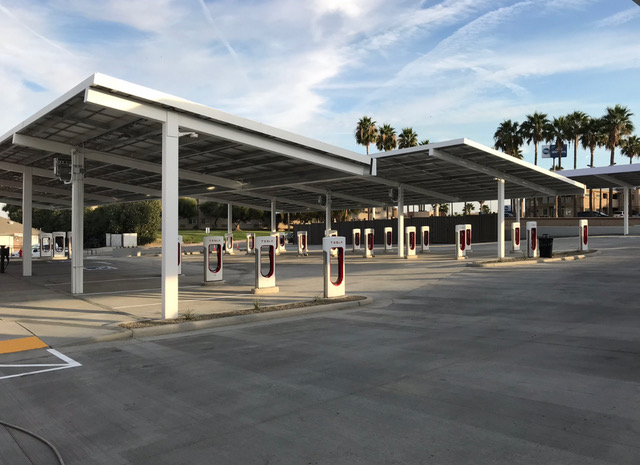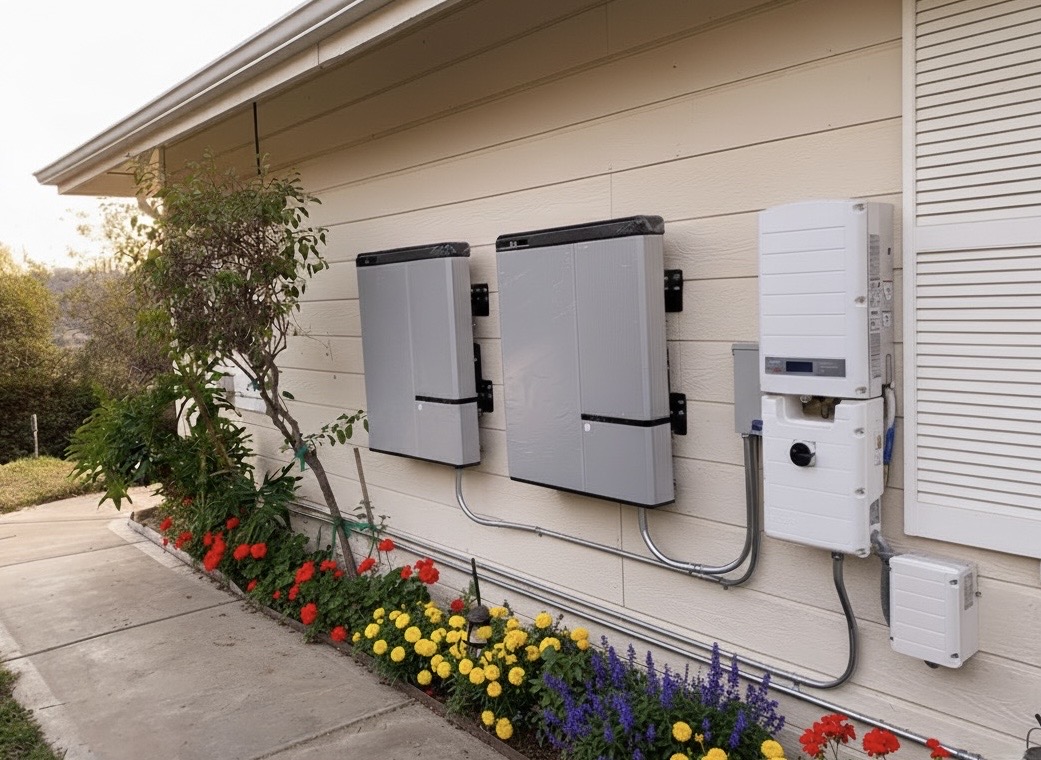Commercial Backup Generator Installation in Altadena
Professional Backup Generator Installation services for Altadena homes and businesses. Expert electrical installation with fire-resistant design, modern safety features, and full code compliance.
Our Work



Benefits
Business-continuity infrastructure for fire zones
We design commercial systems to sustain operations through extended PSPS events and beyond. Our installations integrate automatic transfer switches with priority load management, dedicated circuits for life-safety systems (egress lighting, fire alarm, security), and scalable capacity for future tenant improvements and technology upgrades. We specify networked remote monitoring with cellular backup, cloud logging for insurance and FEMA documentation, and optional BMS integration via Modbus or BACnet. For multi-tenant properties and mixed-use developments, we design split-bus or multiple-ATS configurations to allocate backup power equitably. Every system is engineered for fuel efficiency, extended runtime, regulatory compliance, and the operational realities of foothill wildfire country.
Fire-zone and rebuild code compliance
From design through final inspection, we navigate Altadena’s complex post-fire regulatory landscape. Our plans comply with the 2023 California Electrical Code (CEC), California Building Code (CBC) with fire-rebuild amendments, California Fire Code (CFC), NFPA 70 (NEC), NFPA 110 (emergency and standby power), NFPA 54 (fuel gas), and Los Angeles County Fire Department ignition-resistant construction standards. For VHFHSZ properties, we meet defensible-space setbacks, ember-resistant design, and fuel-system clearances. We coordinate with LA County Building and Safety, LA County Fire, SCE, SoCalGas or propane vendors, and AQMD when diesel is involved. Our stamped engineering plan sets include load calculations per CEC Article 220, one-line diagrams, site plans with topography, seismic anchorage calculations, acoustical studies, and compliance narratives—ensuring predictable, compliant approvals aligned with post-disaster reconstruction priorities.
Mountain-grade commercial construction
Altadena commercial installations demand premium materials and rigorous construction standards. We build with copper THHN/THWN-2 conductors, rigid galvanized steel (RGS) or aluminum conduit outdoors, stainless-steel and galvanized hardware, epoxy-coated seismic anchors, and powder-coated aluminum generator enclosures rated NEMA 3R/4 for UV, wind, and temperature extremes. Concrete pads are engineered with rebar per ACI 318, poured to 6–8 inches, and seismically anchored to meet CBC requirements. We add vibration isolation, ember-resistant vent screens, fire-rated penetration seals, and weatherproof terminal blocks. Every connection is torque-verified per manufacturer specifications, labeled per NEC Article 110, and photographically documented. Before handoff, we perform comprehensive start-up testing, simulate transfer cycles under full load, and configure remote monitoring with mobile alerts—ensuring system visibility and control even during evacuations or regional emergencies.
Tailored planning for foothill businesses
Every Altadena commercial property has unique loads, priorities, and constraints—especially post-fire. We begin with a detailed site assessment: utility service review, panel evaluation, critical vs. optional load identification, fuel source evaluation (natural gas, propane, or diesel), slope and drainage analysis, and defensible-space compliance. We analyze peak demand, motor starting currents (HVAC, refrigeration, well pumps, elevators), and power quality needs for sensitive electronics, medical equipment, or data centers. We discuss whole-building vs. critical-circuits strategies, then size the generator (typically 20–200kW for commercial) to balance performance, runtime, and cost.We identify code-compliant placement that meets setbacks, fire clearances, noise limits, and accessibility for service and inspections, then design custom pad, conduit, and fuel-system layouts for constrained sites and post-fire landscapes. For rebuilds, we integrate generator planning into electrical service design from the ground up, optimizing capacity, placement, and future scalability. The result is a system that protects your revenue, meets all regulatory requirements, and supports Altadena’s economic recovery—designed by professionals who understand foothill fire-zone realities.
Frequently Asked Questions
Why do Altadena businesses need backup generators after the Eaton Fire?+
Altadena is in a Very High Fire Hazard Severity Zone (VHFHSZ) with a proven history of catastrophic wildfires. The 2025 Eaton Fire destroyed dozens of businesses and demonstrated the vulnerability of foothill commercial districts to wind-driven fires and extended PSPS events. SCE now implements PSPS protocols during every red-flag warning, leaving businesses without power for 24–72 hours or longer. For restaurants, that means significant losses in spoiled inventory and lost revenue per day. Medical offices can’t serve patients. Retailers lose POS and security. A commercial generator ensures business continuity, protects perishables and data, supports community recovery, and preserves jobs in one of Southern California’s most fire-vulnerable business districts.
How long does it take to permit a commercial generator in Altadena?+
Typical timelines are 2–4 weeks through LA County Department of Public Works (Building and Safety). VHFHSZ properties require LA County Fire Department review, which may add 1–2 weeks. Fire-rebuild projects can qualify for expedited processing through LA County’s disaster recovery programs. Diesel fuel systems may need South Coast AQMD permits. We submit complete stamped engineering plan sets, respond quickly to plan check comments, coordinate with fire-rebuild case managers, and schedule inspections to meet your reopening schedule. Our local relationships and post-disaster experience help navigate the system efficiently.
What fuel type is best for Altadena commercial generators?+
Natural gas offers virtually unlimited runtime and simpler refueling—ideal for extended PSPS events and post-disaster utility failures. However, some areas affected by the Eaton Fire have damaged gas infrastructure requiring repair or replacement. Propane provides complete fuel independence with on-site 500–1,000 gallon tanks and is unaffected by utility disruptions—critical in disaster-recovery scenarios. Diesel offers fast transient response and high power density but requires on-site tanks, spill containment, Fire Department approval, and AQMD permits. We evaluate your load profile, site constraints, utility status, runtime goals, and budget to recommend the best option and handle all permitting and coordination.
Where can a generator be placed on a constrained commercial property?+
Placement must meet LA County setbacks, Fire Department clearances for VHFHSZ, defensible-space requirements, manufacturer ventilation clearances, and noise limits to protect adjacent residential properties. We typically install on seismically reinforced concrete pads in rear yards, side setbacks, or parking areas. Rooftop installations are possible with structural engineering and crane access. Acoustic barriers, strategic orientation, and commercial-grade mufflers help meet noise standards. We design for code compliance, fire safety, neighbor relations, service accessibility, and aesthetic integration—balancing all constraints to find the optimal solution for your site.
Ready to Get Started?
Contact us today for a free consultation and quote on your electrical project!
Contact Us